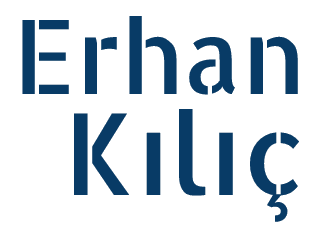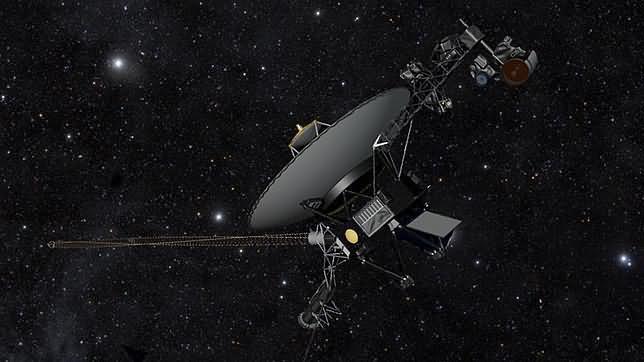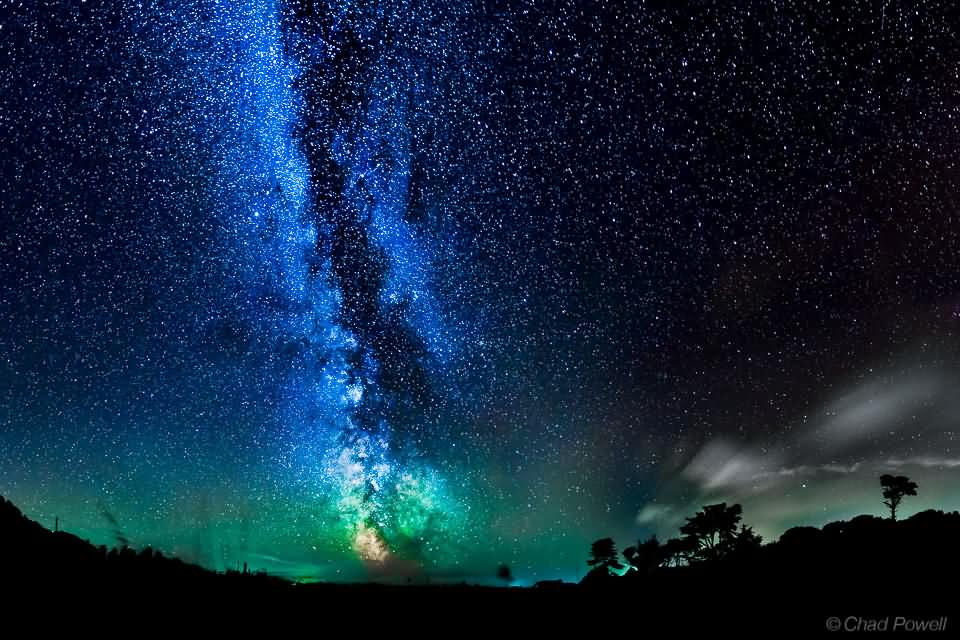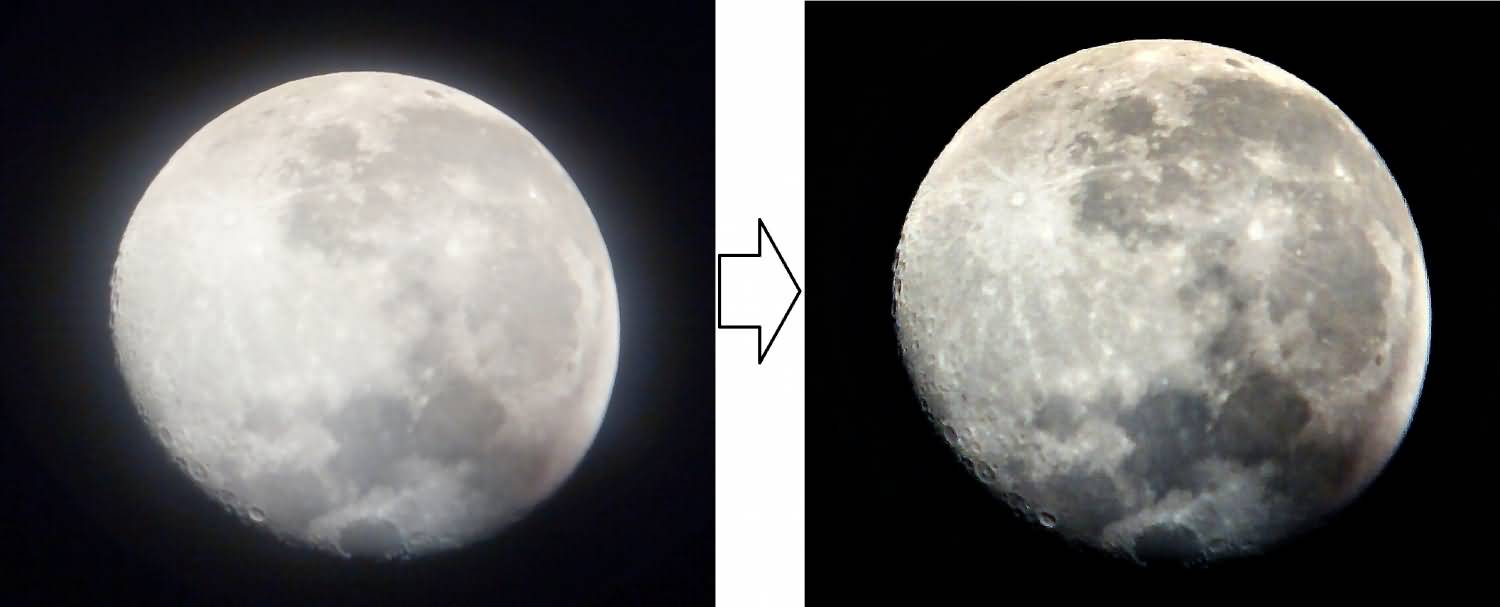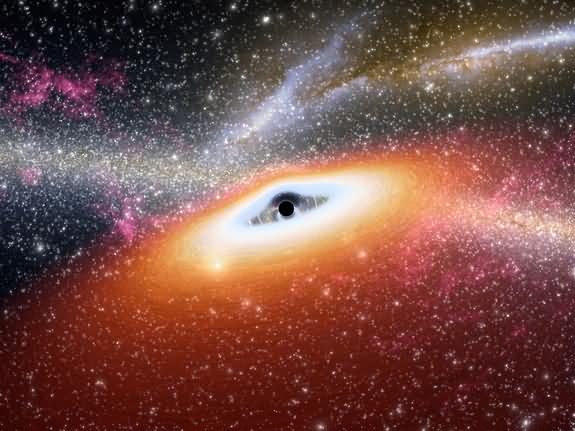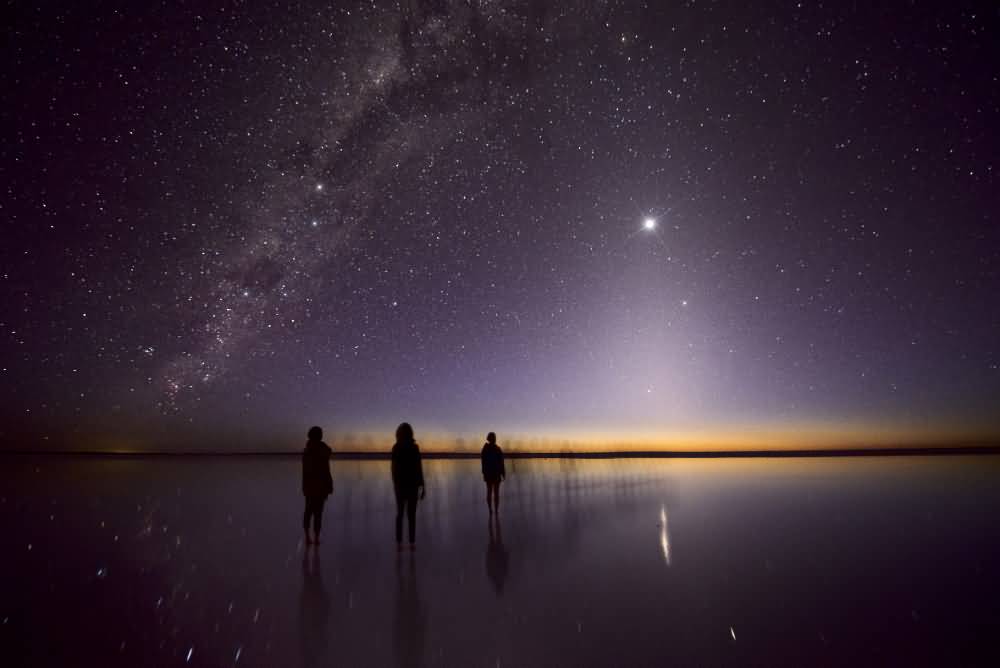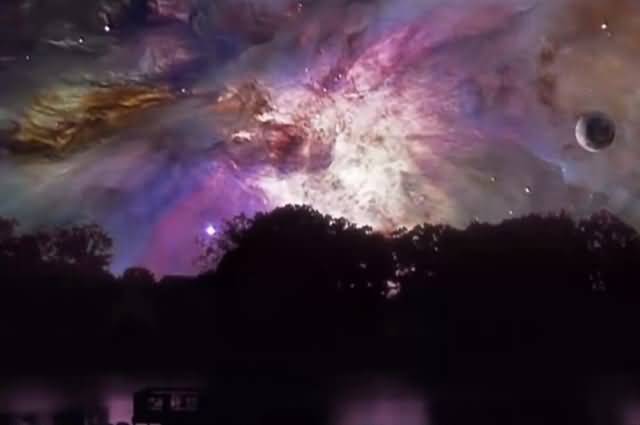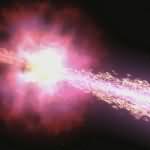Hidden Treasures from Survey Telescopes
The VLT Survey Telescope (VST) at ESO's Paranal Observatory in Chile has obtained a richly detailed new image of the Lagoon Nebula. This giant cloud of gas and dust is home to luminous young stars and young star clusters. This image is just one small part of eleven surveys of the sky conducted by ESO telescopes. Together, these surveys provide a vast legacy accessible to the global astronomical community.
![Deniz Kulağı Bulutsusu yeryüzünden 5000 ışık-yılı uzaklıkta, ünlü Yay takımyıldızı doğrultusunda yer alan şaşırtıcı bir nesnedir. Diğer adı Messier 8 olan bu dev bulut 100 ışık-yılı genişliğinde olup içerisindeki gaz ve toz bulutlarından yeni yıldızlar meydana gelmektedir [1]. 16 000 piksel genişliğindeki bu yeni görüntü Şili’nin kuzeyindeki ESO’nun Paranal Gözlemevi’nde bulunan gökyüzü taramaları için özel olarak tasarlanan VLT Tarama Teleskopu (VST) ile elde edilmiştir.](http://erhankilic.org/wp-content/uploads/2014/01/eso1403c-300x300.jpg)
The Lagoon Nebula is a striking object located 5,000 light-years from Earth, in the famous constellation Sagittarius. Also known as Messier 8, this giant cloud is 100 light-years across and is where new stars are forming from the clouds of gas and dust within it [1]. This new 16,000-pixel image was obtained with the VLT Survey Telescope (VST), a specially designed sky survey device at ESO's Paranal Observatory in northern Chile.
The Lagoon Nebula is a striking object located 5,000 light-years from Earth, in the famous constellation Sagittarius. Also known as Messier 8, this giant cloud is 100 light-years across and is where new stars are forming from the clouds of gas and dust within. [1]This new 16,000-pixel wide image was designed specifically for sky surveys at ESO's Paranal Observatory in northern Chile. VLT Survey Telescope (VST) was used. The image is more can be examined in detail If the object is more noticeable, the more striking areas of the object can be examined in detail.
The Lagoon was deliberately not imaged with the VST, as it covers a much larger area of the Milky Way and VPHAS+ It is part of a giant sky imaging observation series called VPHAS+. VPHAS+ is one of three visible light survey observations conducted using the VST. These VISTA scanning telescope It is complemented by six infrared sky survey observations conducted with
These surveys aim to solve many important problems in modern astronomy. These include the nature of dark energy, the discovery of bright quasars in the early Universe, the elucidation of the structure of the Milky Way, the search for hidden and unexpected objects there, detailed examination of the neighboring Magellanic Clouds, and many other topics. Historical experience shows that such surveys often yield unexpected findings, and these surprises are crucial for advancements in astronomical research.
In addition to the nine imaging surveys conducted with VISTA and VST, two additional survey observations conducted by other ESO telescopes are currently underway. One, Gaia-ESO Scan is to reveal the properties of over 100,000 stars in the Milky Way galaxy using the Very Large Telescope in Paranal and the other (PESSTO) aims to follow short-lived objects such as supernovas with the New Technology Telescope in La Silla [2].
Some of these surveys began in 2010, others have been ongoing since very recently, but data from all of them is currently ESO archive [3] It is made available to astronomers around the world.
Although still being conducted, sky surveys have enabled astronomers to make many discoveries. Just a few of these new results include new star clusters (eso1128, eso1141), the best images of the central region of our Milky Way galaxy (eso1242, eso1339), a very deep image of the infrared sky (eso1213), and very recently, some of the most distant quasars ever discovered (VISTA VIKING with scanning).
The open access ESO Surveys will continue for years to come, and their astronomical legacy will extend for decades to come.
Notes
[1] ESO has produced many remarkable data on this object — notably the GigaGalaxy Zoom project (eso0936) is a 370-megapixel image that stands out — and highlights the infrared exploration of the Lagoon (eso1101) reveals a completely different view VISTA (Visible and Infrared Astronomical Survey Telescope) VVV screening The image obtained with is included.
[2] Detailed information on all eleven scans Here openly available and a comprehensive study of their current status and consequences ESO Messenger featured exclusively in the latest issue of the magazine.
[3] Summary of data submissions from eleven ESO survey projects accessible from here.
This is a translation of ESO Press Release eso1403.
